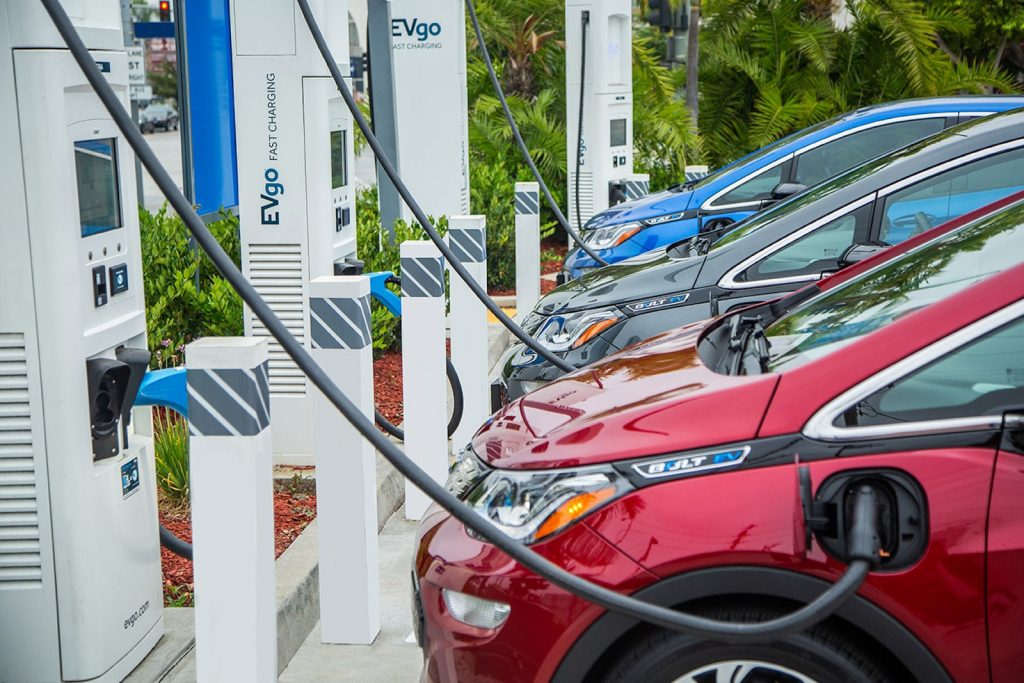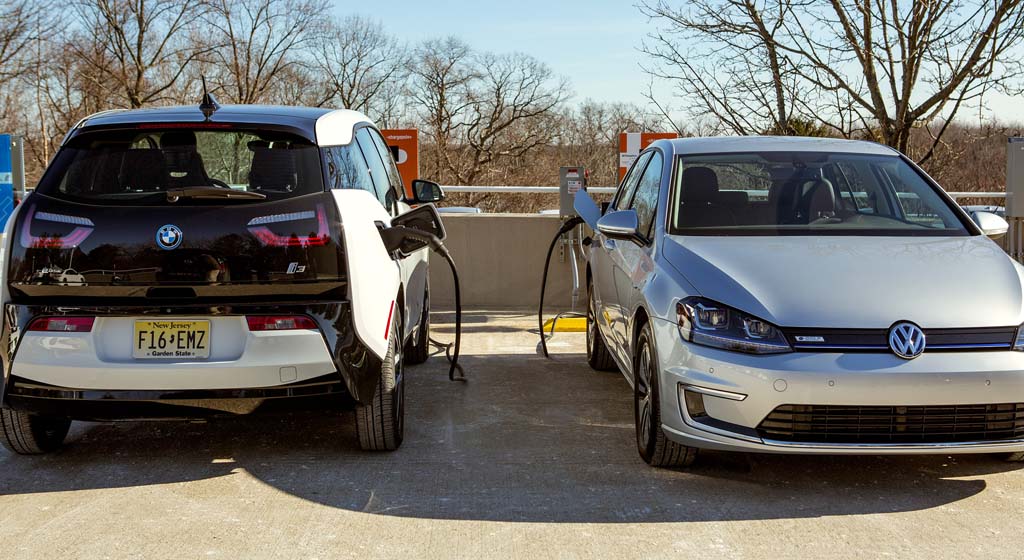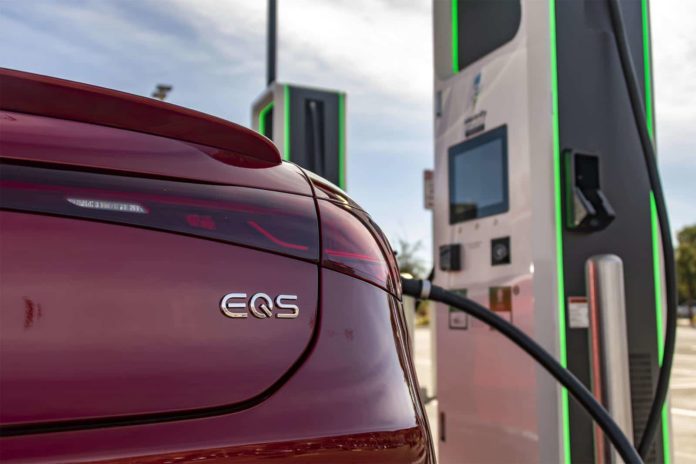As the market share of EVs and plug-in hybrids increases, we’re bound to experience some level of congestion at charging stations.
At the moment, it’s certain to be a problem because it generally takes longer to charge than to fill up a gas tank. Those of a certain age can recall long lines at gas stations in the 1970s, when gasoline supply was a much more mature market than EV charging is today.
Add to all that the fact that many EV charging stations don’t work properly, and you’ve got a recipe for frustration. A survey reported by Business Insider last year found that 27.5% of stations in the San Francisco Bay Area were non-functional. Further, there are a variety of different companies offering chargers, and most require you to set up an account before you can charge.
California is working on its challenges, and President Joe Biden has directed $900 million to fund increased charging infrastructure nationwide, but that’s going to be rolled out during the next several years.
- Park in a charging spot only when you’re actually charging your car. According to charging company EVGo.com, “In some places, you can even be ticketed for leaving a car in an EV charging space while not actively charging.” But even if you’re not subject to citation, a charging spot is not a reward for driving an EV; it’s a place to get a job done. Additionally, many charging vendor apps will tell you how your charge is going, so you’ll know when you’re done and you can clear the charger.

- Move your car as soon as it’s done charging. If you’re just topping up, don’t leave your car plugged in while you spend the afternoon in the mall. Further, some stations have a time limit, and you should absolutely respect those requests, especially if others are waiting to charge. ChargePoint offers a pro tip: “Ever wonder why charging fees rise after an hour or two? Some station owners may set a fee for parking or charging after a few hours, to encourage drivers to move along after getting some juice.”
- Choose the right plug for your car. Many older EVs don’t support DC Fast Charging, so if there are two available spots, and one of them offers only Level 2 and the other has plugs for Level 2 and DC Fast Charge, use the lowest capacity plug that serves your car so you don’t block a faster charge for someone who can use it.
- Mind the line. There may be someone waiting for a charging spot, so don’t drive up from the other side and steal a space just as someone is pulling out. Take a look around and avoid an unpleasant confrontation. Some vendors, including ChargePoint, offer a waiting list function on some high-traffic chargers. “Waitlist lets drivers get in a virtual line to charge when all stations are busy, helping more drivers get a charge. For Waitlist to work, drivers need to move their cars when done charging,” Chargepoint said.

- Keep your hands to yourself. It’s considered rude to unplug someone else’s car from the charger, no matter how badly you need a charge or what your schedule may be. Courteous chargers will sometimes leave notes or stickers on their cars, saying it’s OK to unplug them, but don’t assume that’s the case.
- Plug-in hybrid (PHEV) drivers are legit. They as much right to use a charging station as EV drivers, even though they can get by without it. But PHEV drivers, if you can charge up at home, it’s really nice to do that, especially when EV charging stations are busy.
- Don’t insist on every last percent. Virtually all EVs slow down their charge rate after they hit about 90% of their capacity. As you creep up to 100% the charge rate slows way down. The rule for cars with DC Fast Charge capability is to charge quickly to 80% and then let someone else take advantage of the fast charger, or leave a note saying it’s OK to unplug you if you’re past 80% as indicated on the charging station screen. Hot tip: if your DC fast charging is past 80%, you can switch to a Level 2 plug and finish charging just as quickly.

- Park efficiently. EVs may have their charge ports located anywhere on the vehicle, from the middle of the front grille to the back. It’s good to know where your charge port is located so you can park once and have your port as close as possible to the charging station. Try to avoid dragging the charging cable across other peoples’ cars.
- Put the connector away. We’re honestly shocked and saddened that we even have to say this but hang the charging connector up in its holster when you’re done charging. People who don’t do that probably failed Kindergarten, and their mothers are disappointed in them. On a related note, EVGo suggests, “Keep the smooth, relaxing experience of an EV going, even at the charging station. Please keep your music low and toss your trash in the proper waste receptacles.”
- Don’t swipe someone’s home charger. Not unless you want them to call the cops on you. If you have a friend with a Level 2 charger at their home, it’s OK to ask to borrow some juice, but be reasonable. If you need to charge in a neighborhood, outfits like EVmatch are getting into the peer-to-peer charging station rental business. If you have a home charging station, EVmatch can help you make some money letting others charge in your driveway.
EV charging isn’t that hard, and as the build-out of charging infrastructure happens over the next 20 years, it’s likely to get a lot easier. In the meantime, a little common courtesy has a long range.

